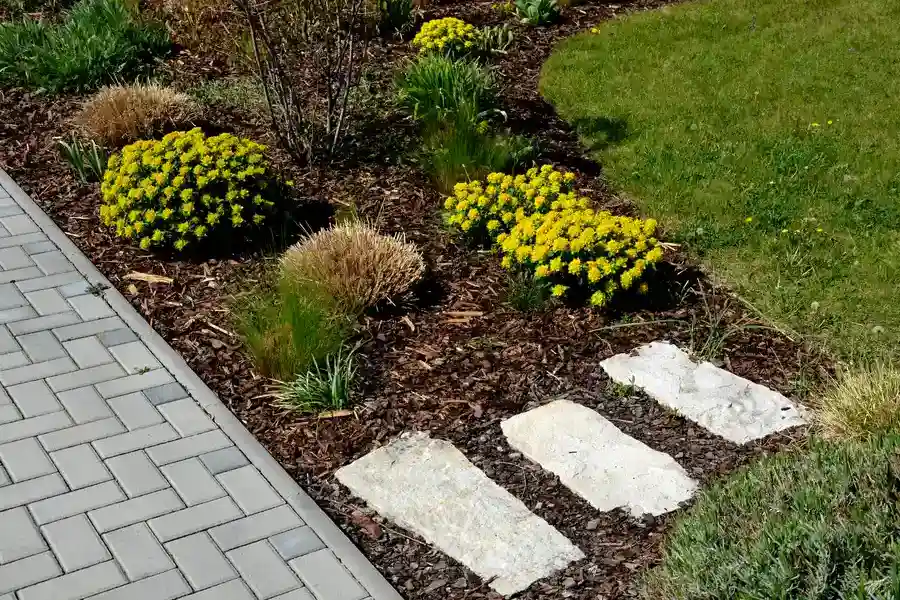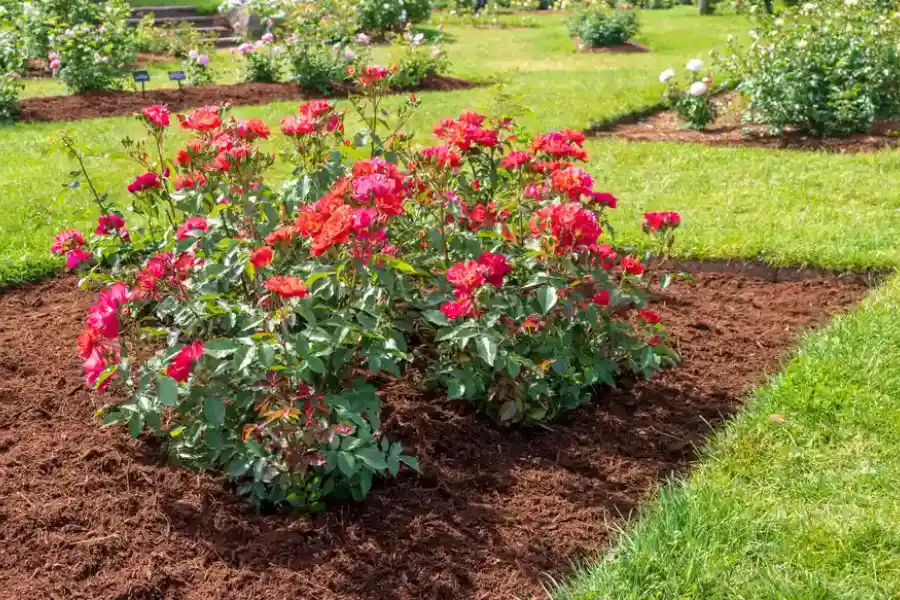The Role of Soil Cover in Protecting Landscapes
Soil erosion is a common issue faced by many landscaped areas. Without proper care, wind and water can carry away the topsoil, leading to unsightly landscapes and potential damage to plant life. One effective method to combat this is through soil cover techniques. By implementing these practices, you can maintain the beauty of your outdoor spaces while protecting the environment.

The Importance of Using Natural Barriers
Natural barriers are essential in holding soil in place. They create a protective layer that absorbs rainfall impact, reducing runoff and preventing soil displacement. In this context, mulching plays a pivotal role. It covers the ground with organic or inorganic materials, forming a shield against weather conditions that cause erosion.
How Plant-Based Covers Work
Mulching involves applying a layer of material over the soil surface. This practice not only helps to retain moisture but also acts as a buffer during heavy rains. The materials used, such as wood chips and straw, are ideal for absorbing rainwater and slowing down its movement, thus minimizing soil erosion.

Types of Materials That Prevent Erosion
There are various materials you can use to cover soil effectively. Each has unique properties that contribute to erosion prevention. Common options include:
- Wood chips: These are biodegradable and improve soil fertility over time.
- Gravel: An excellent choice for pathways, it prevents water from washing away soil.
- Straw: It is lightweight and easy to spread, ideal for gardens and open spaces.
Benefits of Effective Ground Cover
Applying these materials offers multiple benefits beyond erosion control. Notably, they help conserve soil moisture, reduce weed growth, and enhance landscape appearance. As a result, your plants thrive better due to improved soil conditions and reduced competition for resources like water and nutrients.
Challenges in Implementing Soil Protection Methods
While beneficial, using natural barriers does come with challenges. One major issue is selecting the right type of material for specific landscape needs. Additionally, maintaining these covers requires effort as they need periodic replenishment and inspection to ensure their effectiveness over time.
Steps to Implement Soil Cover Solutions
- Assess your landscape’s needs and identify vulnerable areas prone to erosion.
- Select appropriate materials based on your climate and landscaping goals.
- Lay down the selected material evenly across exposed soil surfaces.
- Regularly check the condition of the cover material and replenish if necessary.
Expert Tips for Maximizing Erosion Control
For optimal results, consider these expert tips:
- Avoid over-watering your plants as excess water contributes to soil erosion.
- Create gentle slopes instead of steep ones to minimize water flow speed.
- Plant vegetation with strong root systems to anchor the soil firmly.
Your Partner With Landscaping Solutions
If you’re looking to maintain beautiful landscapes while preventing erosion, our team at Landscaping by Family LLC is here to help. Located in Cornelius, OR, we specialize in providing comprehensive landscaping solutions tailored to your needs. Contact us today at (503) 433-4561 to learn how we can assist you in creating sustainable outdoor environments.